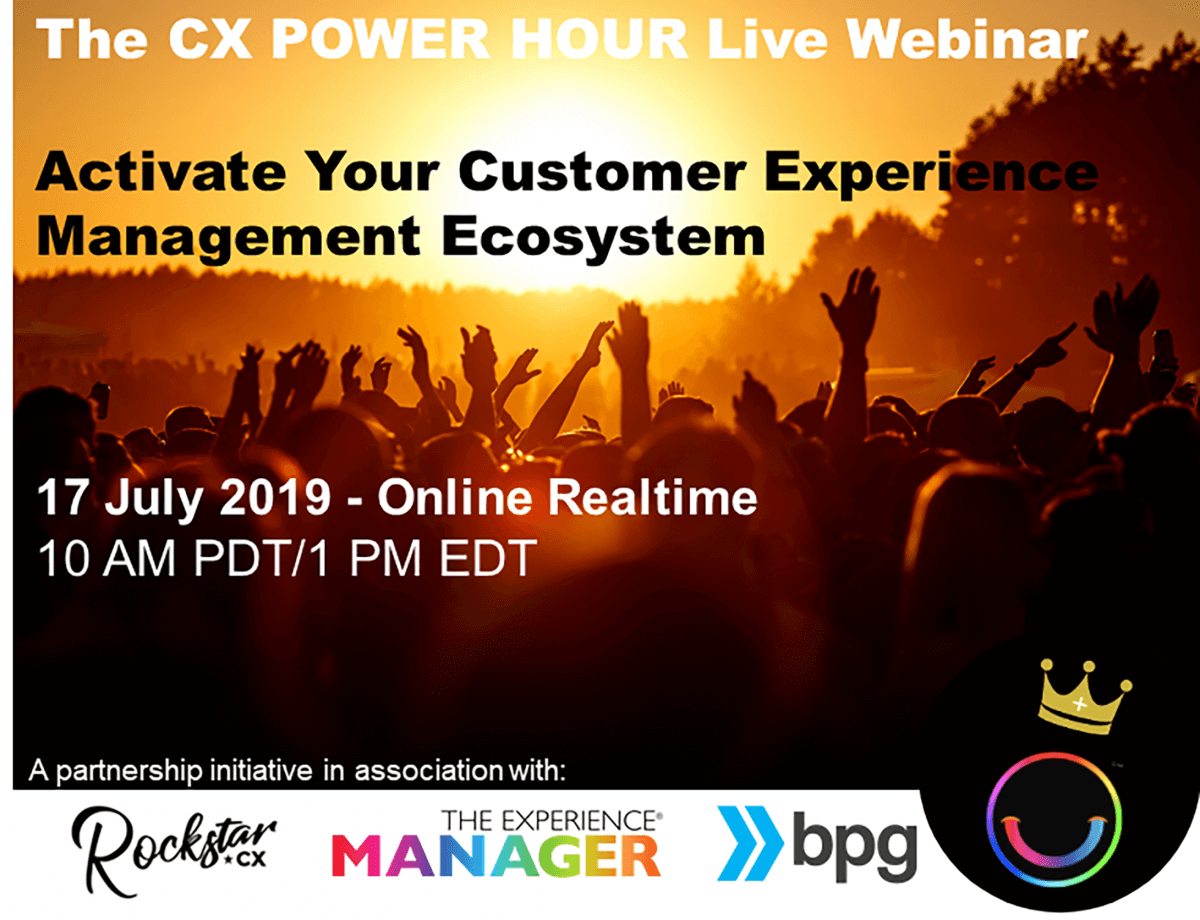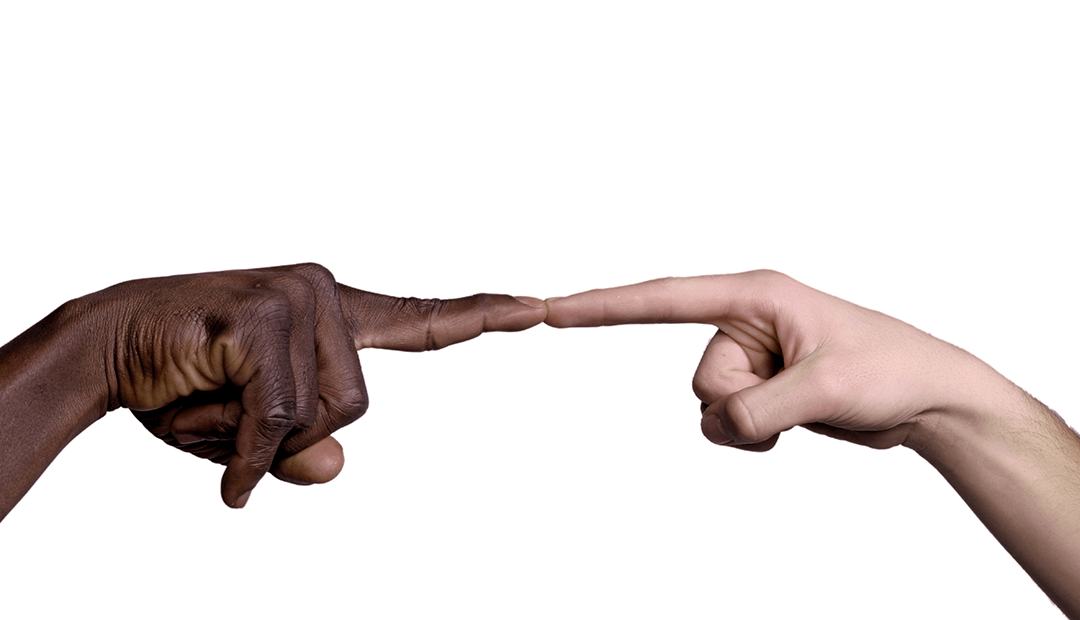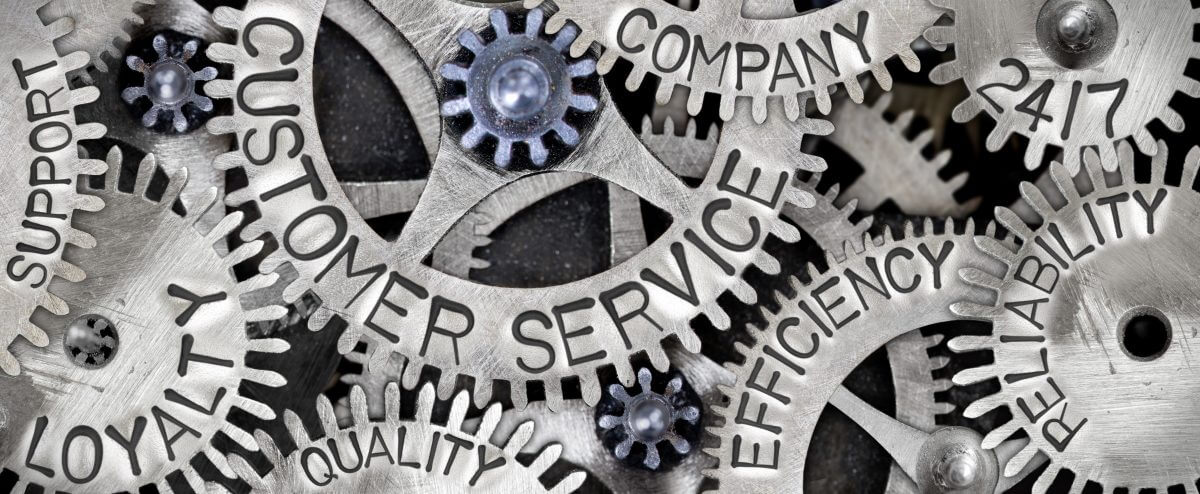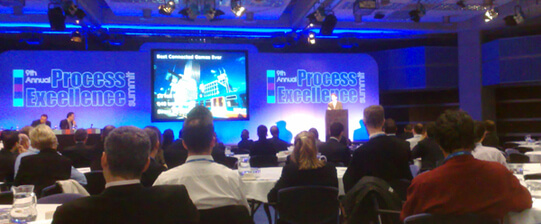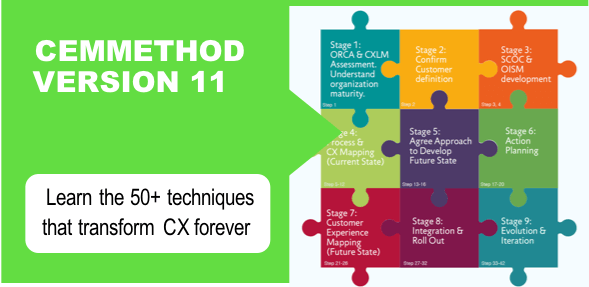Business failures are all around us, nothing new there then. If we go back a decade or so we saw the demise of Nokia, we’ve seen companies like Blockbuster crash and burn, and other companies in the High Street whether it’s in Europe or in the US disappear and never to be seen again.
Why is this so? When you look at the investment those companies were making there was no lack of intent to spend in understanding how the customer was changing. In the year that Apple introduced the iPhone Nokia was investing heavily in voice of the customer (VOC) surveys, customer satisfaction and NPS.
But this misses the point. Progressive Outside-In companies (think Amazon, Zara, Zappos, Emirates) are not about retrospective subjective analysis of performance. It isn’t about overlaying processes with a new language when fundamentally the very systems and processes were never designed to deliver customer experiences. They were designed with a factory mindset centred around production line thinking, throughput and waste. Hence the challenge is more fundamental as it’s not about rejigging what you’re doing – it is about a complete rethink to move outside in the way that you do business.
Remarkably even in the third decade of the 21st century there are still those companies that think they can just tweak and change the language inside their organisations. As if doing better advertising and marketing to customers and talking about ‘new’ services on top of their existing infrastructures and IT systems hacks it. The actual reality is somewhat different.
Senior Executive commentary
Top teams and senior executives need to grasp this challenge. Roland Naidoo, a senior executive at African based entertainments company Multichoice puts the choice starkly:

“Would you measure how fast a 1600cc car performed around an F1 circuit. No? Then why would you try to measure customer experience AND improve it on processes and products there were never designed with experience in mind. Go on enter your 1600 into the next F1. Wonder how it would perform?”
Roland Naidoo, Multichoice Africa
Lipstick on a Pig? Surely not…

Those companies who understand that ‘outside-in’ thinking calls for a complete realignment and new appraisal of what the customer experience consists of.
Rather than, to coin a phrase, putting lipstick on a pig. You have actually got to think about what is it you’re trying to achieve; what does success look like for our customer? And then align across all functions, all systems and ways of working towards successful customer outcomes. Disney refers to this alignment as getting everybody to understand where true north is and not to do anything unless it contributes to that alignment. Imagine all new initiatives being assessed by a similar approach?
Are you working in a Rubik cube?
Another aspect which comes into play is this idea that traditional measurement* is predominantly subjective and retrospective. Progressive outside in companies are not reactive – they get scientific about the customer experience.
Measuring each interaction as it happens and if necessary course-correcting in real-time. They develop the ability to see around corners to understand what’s coming next. They don’t have to wait for analysis 2 weeks after an event to decide that some remedial action is required.
This knowledge in the instance of what is happening requires us to create this idea of ‘action in the moment’ for all our employees. Zappos**, for instance, give their employees the tools and the capability to be able to make decisions in the moment (without the need to escalate to supervisors).
Industrial Age thinking will kill you
And there is another challenge companies face if they are still organised around functional specialist silos. If you’ve recruited low paid people and given them a script to follow, manage them to average handle times and throughputs you’re going to fail.
Once more the outside-in companies have an edge here as they understand that to give your most precious resource (the customer) to the employees then you need the right people in the right place able to do the right things at that moment of truth.
So what is your organization doing? is it trying to put lipstick on the pig? is it just trying to overlay the existing process is an infrastructure with this new customer-centric way of talking and doing?
It is very simple. You need to get down to brass tacks of rethinking what customer experience is all about its implication for the organisation going forward. Those organisations that are taking this outside-in approach find the world becomes simpler, faster and much more directly oriented towards delivering successful customer outcomes and winning for the bottom line.
* Why does traditional measurement fail?
from the CX Rockstar aka James Dodkins at https://www.linkedin.com/feed/update/urn:li:activity:6566333517070954496/
** Zappos – Wow customer service: https://www.forbes.com/sites/micahsolomon/2018/09/15/the-secret-of-wow-customer-service-is-breathing-space-just-ask-zappos/#7da91ff01b2c
Roland Naidoo can be reached at:
https://www.linkedin.com/in/roland-d-naidoo-b403a029/
Join our upcoming Coaching and Accreditation sessions online, LIVE & Interactive
| Certified Process Professional Master (CPPM) | 10th Aug | 4 days @ 5 hours per day |
| Accredited CX Master (ACXM) | 18th Aug | 4 days @ 5 hours per day |
| Accredited CX Mentor (ACX-Mentor) | 1st Sep | 4 weeks @ 3 hours per week |
| Accredited CX Champion (ACXC) | 8th Sep | 3 days @ 5 hours per day |
| Certified Process Professional Champion (CPPC) | 22nd Sep | 3 days @ 5 hours per day |
| Certified Outside In Master (COIM) | 8th Sep | 7 weeks @ 3 hours per week |


